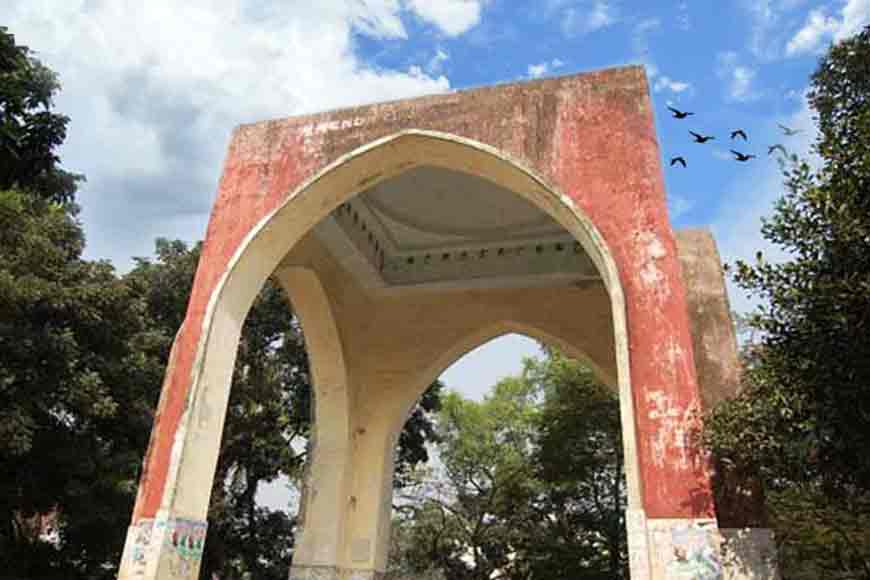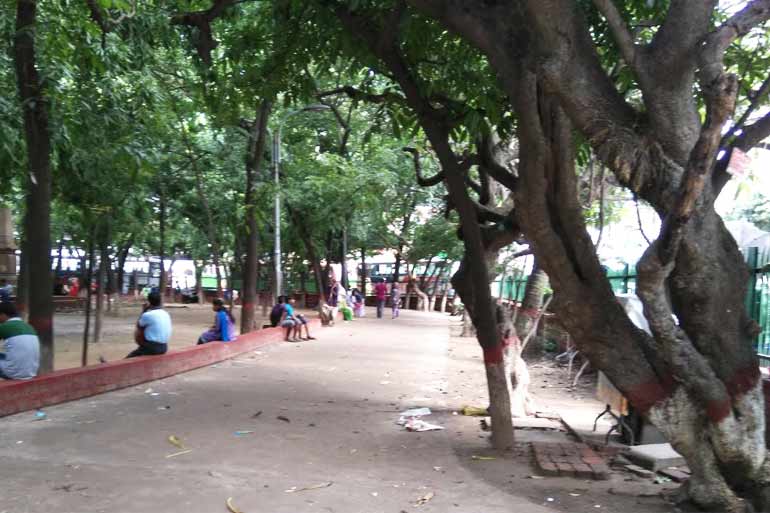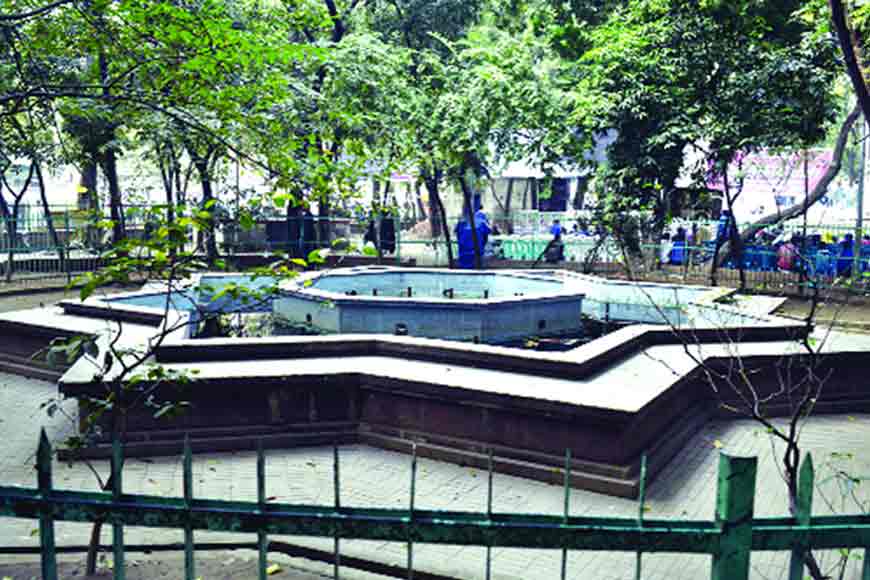Victoria Park of Dhaka was witness to first war of Indian independence

For all those in this part of Bengal, whose ancestors were part of Bangladesh once upon a time, reliving the ramparts of Old Dhaka is almost like reminiscing a fairytale. Old Dhaka is the historic old part of the city that was founded in 1608 as Jahangir Nagar, capital of Mughal Bengal. Located on the banks of Buriganga River, it was one of the largest and most prosperous cities of South Asia and centre of Muslin trade.
However, Dhaka’s importance gradually declined during British colonial rule and it came to be known as the ‘City of Magnificent Ruins.’ The British, however, began to develop the modern city from mid-19th century and gave it a facelift with the construction of a number of magnificent buildings. The area is still a major commercial hub with Chakbazar, Nayabazar, Midford, Siddiq Bazar and Nawabpur – all located in the old Dhaka region. Sadarghat, another important business district of old Dhaka is the river terminal of the city. As you enter Sadarghat area, you will come across an iron fenced park at Lakshmi Bazaar, surrounded by several roads from different sides. This is the historical Bahadur Shah Park.

The history of this park goes back almost two centuries. In the 18th-century, a large number of Armenian traders had made Dhaka their home. They established a club at the park for socializing with fellowmen after work and relaxed with a game or two of billiards. Locals called the ‘unfamiliar game’ ‘Anta’ (something similar to marbles) and referred to the club as Anta-Ghar. The park came to be known as Antaghar Maidan.
In the beginning of the 19th-century, the British bought the plot and built a park. They demolished the club and created a round-about park facing the St Thomas Church. The club was shifted elsewhere which later came to be known as Dhaka Club. The park became a major nodal point in the road network of old Dhaka. All important buildings and establishments grew around it, many of which are lost now. In 1858, Nawab Khwaja Abdul Ghani, the Nawab of Dhaka took initiative of establishing this park.
The park has a great historical significance. The revolt of 1857 or Sepoy Mutiny, the first war of Independence against British rule had rocked the entire country and it had reached the shores of Dhaka as well. Indian soldiers of Lal Bagh Fort had joined the mutiny against the British. On November 22, the British Marine soldiers attacked the mutineers. A fierce battle ensued, where Nawab Ghani took side with the British and this ensured the defeat of the Indian soldiers. A large number of rebels were killed, many escaped to Mymensingha and a large number of them were arrested by the British Army. They were tried and court marshaled. The verdict was announced: ‘Death by hanging.’

The Antaghar Maidan, in the centre of the city was chosen as the site to carry out public execution of the rebels. Around 10 soldiers and a lady were hanged from the trees in full public view. The corpses were left there for days to instill fear in the minds of common people. The place soon came to be known as a haunted garden. Meanwhile, the British built a memorial dedicated to the English soldiers who died in the Sepoy Mutiny. In 1858, at the same spot, the commissioner of Dhaka Division announced the formal accession of India under British Crown, then ruled by Queen Victoria amid much fanfare. The park was christened Victoria Park.
The park’s architectural beauty is of great worth. There are two entrances and two memorials -- the tallest one is situated at the eastern side, in memory of the martyred soldiers and the other one is Khawja Hafijullah obelisk. There is another small obelisk signifying the throne of Queen Victoria, and a star-shaped octagonal fountain that stands in the middle of the park. The boundaries of the park are enclosed with iron railing. Khawja Hafijullah obelisk, the pillar made of granite, was established in 1885, after the death of Khawja Hafijullah, the grandson of Nawab Khwaja Abdul Ghani and son of Nawab Ahsanullah Khan.
1957 marked a hundred years of the Sepoy Mutiny. To pay homage to soldiers who laid down their lives for their Motherland in the first War of Independence, the Dhaka Improvement Trust built a tall, square memorial and the park was renamed Bahadur Shah Zafar Park in memory of the last Mughal Emperor, Bahadur Shah II.










